Get students finding the perimeter of shapes with this self-checking digital resource, perfect for lesson introductions and wrap-ups.
Practise Finding the Perimeter of Shapes
If you’re looking for a digital resource to give your students practise finding the perimeter of shapes, then you’ve come to the right place! This digital maths activity has been designed by our dedicated teacher team to help your students practise finding the perimeter of a variety of single shapes, without the fuss of photocopying mountains of worksheets!
Each slide in this perimeter resource contains a shape. Students are required to find the perimeter of the shape, then choose the correct answer from the options provided. Some slides include three measurements to choose from, while others require the students to choose ‘true’ or ‘false’ based on the information in the question.
If students choose the incorrect answer, they are directed to a ‘Try again’ slide, which allows them to return to the previous question for another attempt. If the student chooses the correct answer, they are directed to a ‘That is correct’ slide and progress to the next question. The resource includes 11 questions in total.
The shapes included in this resource are rectangles, triangles, squares and a trapezium.
This resource makes a great revision activity once your students have already had some experience finding the perimeter of shapes such as rectangles, squares and triangles. Use it as a warm-up at the beginning of your maths lesson, or as a review lesson at the end to see how well your students are grasping the concept of finding the perimeter of shapes.
More Activities to Find the Perimeter of a Shape
Are you looking for ways to extend this perimeter activity? Check out these great suggestions:
- What Could It Be? – As you complete each question, have the students suggest what each shape could be in the real world. For example, a rectangle with dimensions 20 metres by 15 metres could be the size of a dog exercise enclosure. Thinking about this helps students relate measurement concepts to their practical applications.
- Perimeter Word Problems – Choose a slide, then have your students write a word problem that relates to the shape and its measurement. It’s important that the word problem makes sense in a real-work situation… for example, it’s unlikely that a farmer would need to buy fencing for an equilateral triangle with sides 1 metre in length!
- Get Them Moving – Get your students even more involved in this perimeter activity by having them use their bodies to indicate which answer they think is correct. For example, they could put their hands on their heads if they think the first option is correct, heads on shoulders for the second option and hands on hips for the third option.
Start Finding the Perimeter of Shapes!
Use the Download button menu to access either the Microsoft PowerPoint or the Google Slides version of this resource. Please note that you will be prompted to save a copy of the resource to your own drive before accessing it.
Be sure to operate the presentation in Slideshow mode to enable the interactive features. Project it onto your screen to work through as a class, or assign it to students for them to work through independently.
This resource was created by Kendall Britnell, a Teach Starter collaborator.
More Resources Targeting Perimeter
Teach Starter has more great resources to save you time when teaching perimeter to your class. Click below for some more curriculum-aligned, teacher-created activities!
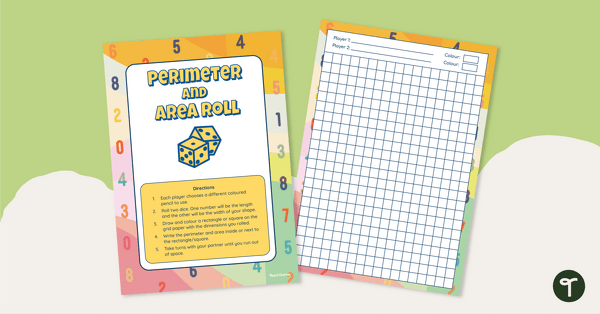
teaching resource
Perimeter and Area Dice Game
Use this area and perimeter dice game as a pair activity during your maths lessons on measurement.
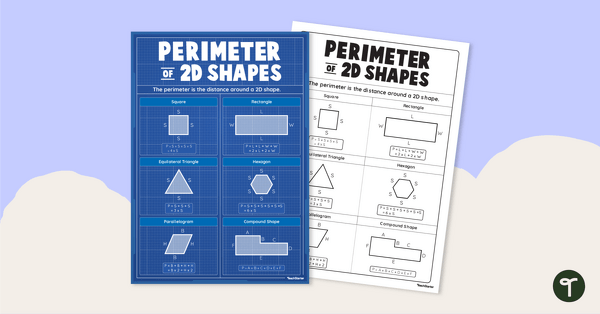
teaching resource
Perimeter of 2D Shapes Poster
Use this perimeter anchor chart to teach students how to find the perimeter of shapes such as squares, rectangles, triangles, hexagons and parallelograms.
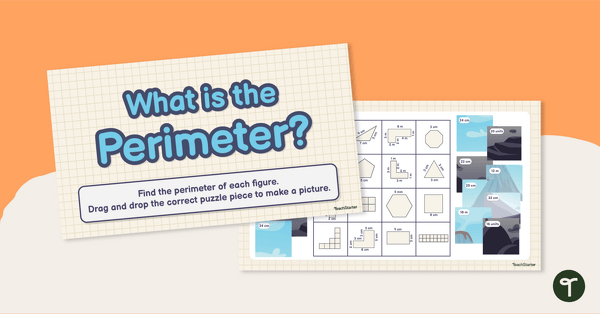
teaching resource
Interactive Perimeter Puzzle
Calculate and match the perimeters of all 16 shapes on the board to reveal a perimeter puzzle mystery picture.
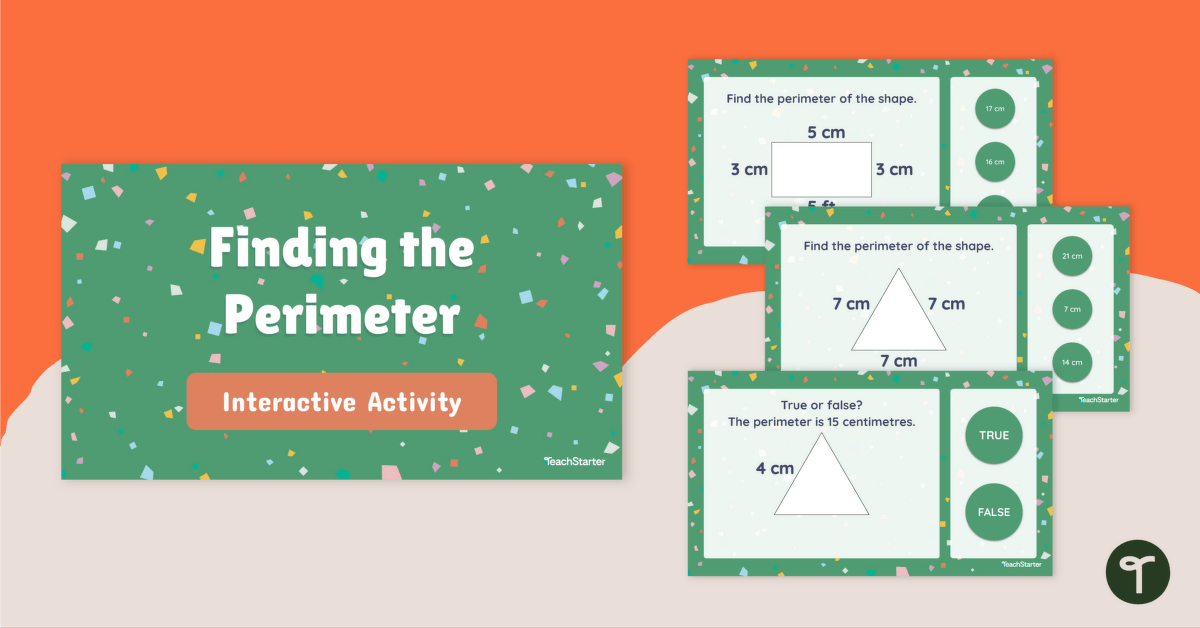

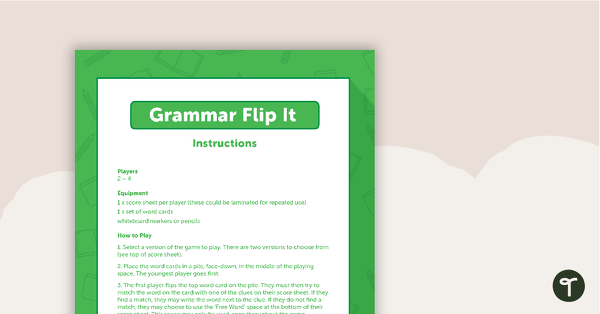
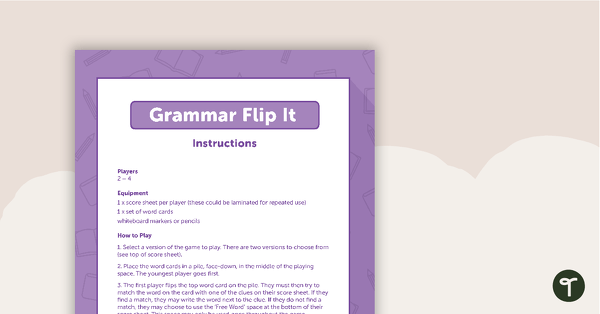
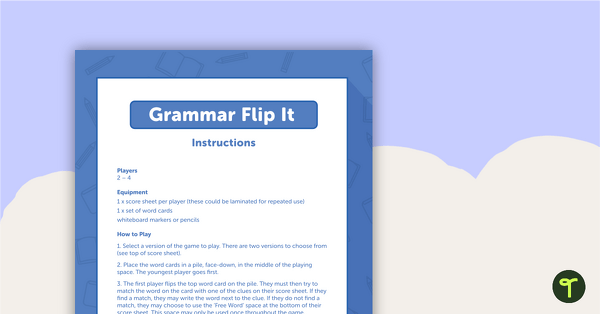
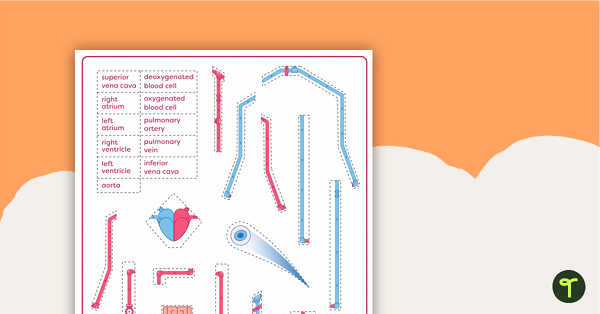
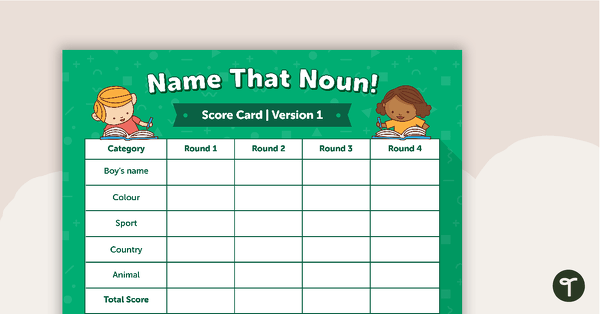
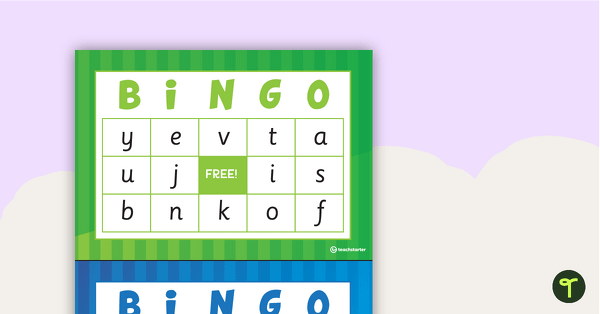


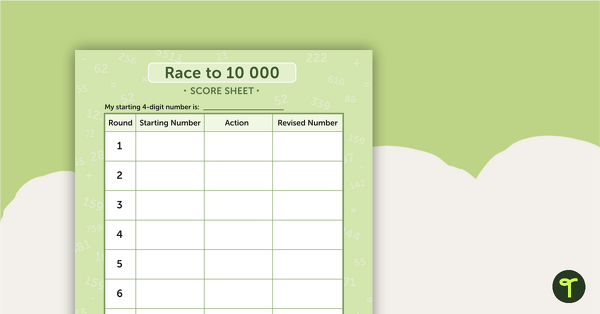
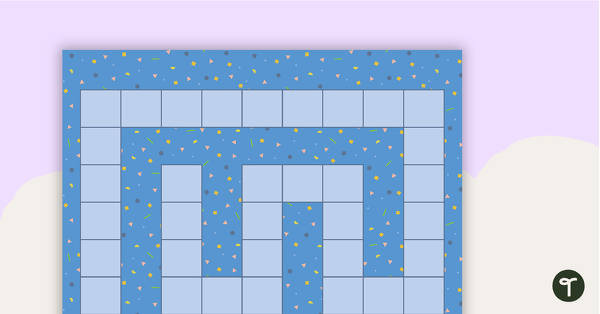
0 Comments
Write a review to help other teachers and parents like yourself. If you'd like to request a change to this resource, or report an error, select the corresponding tab above.